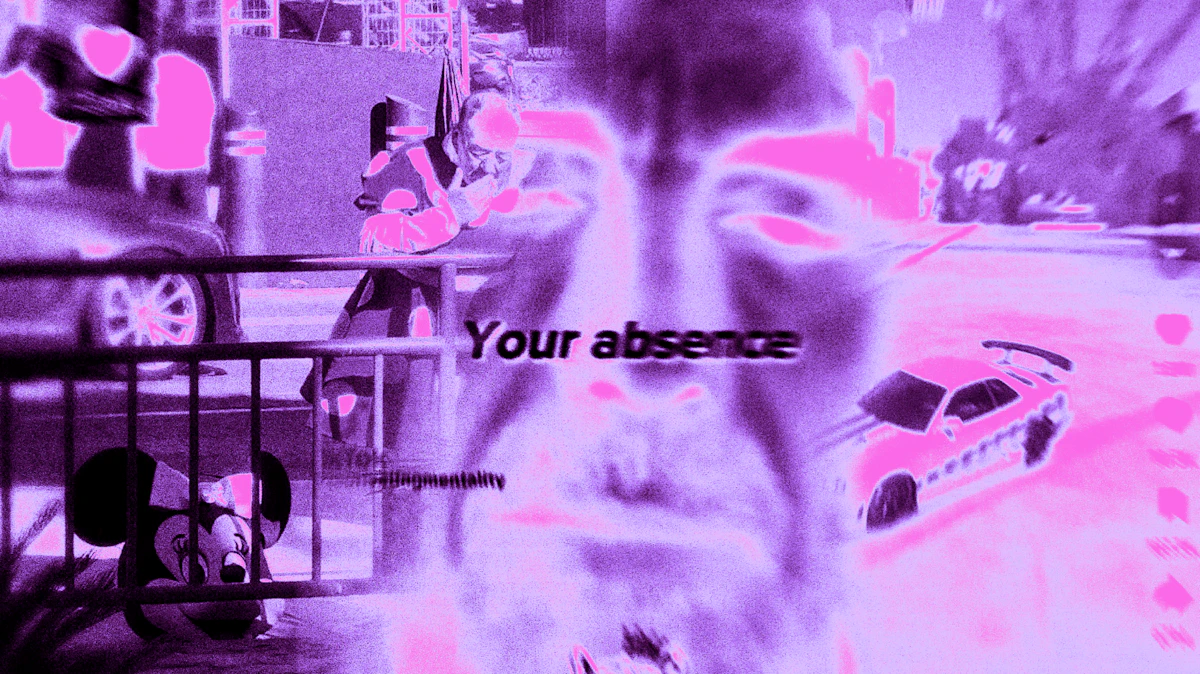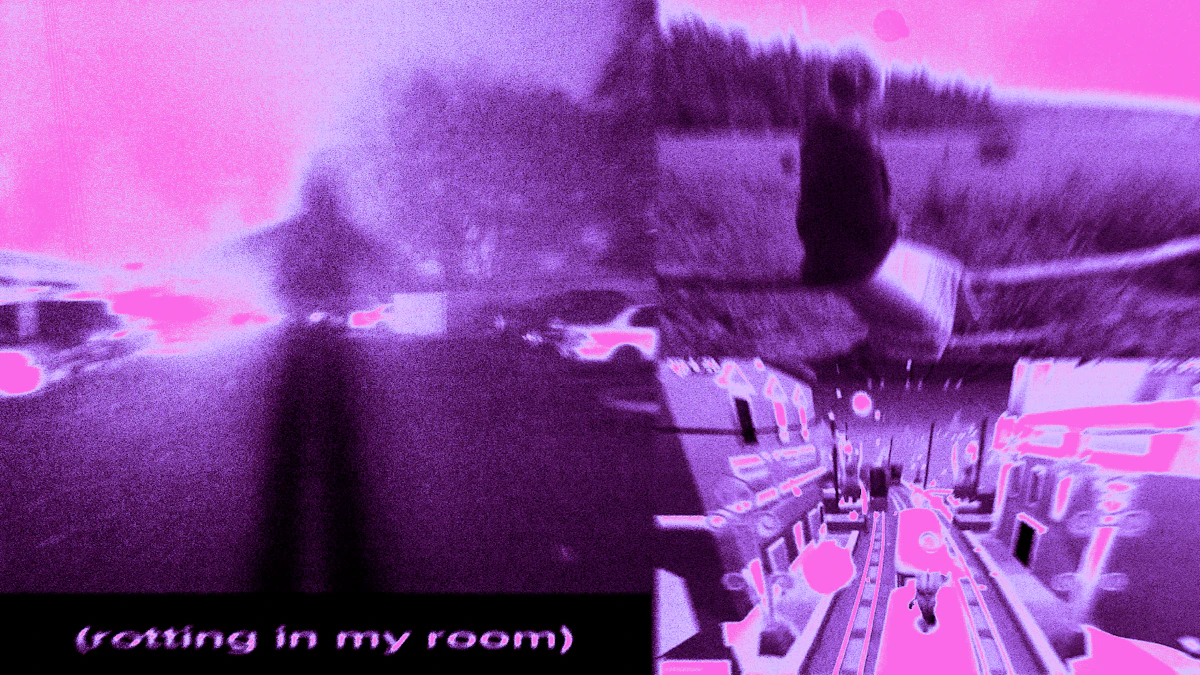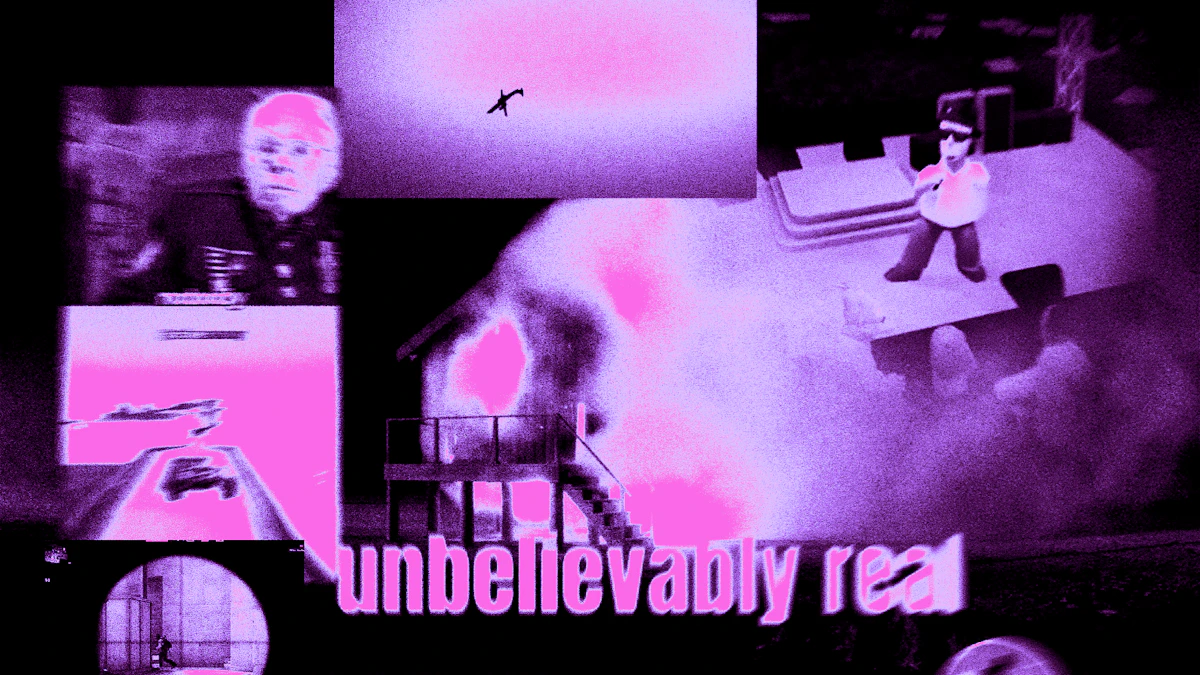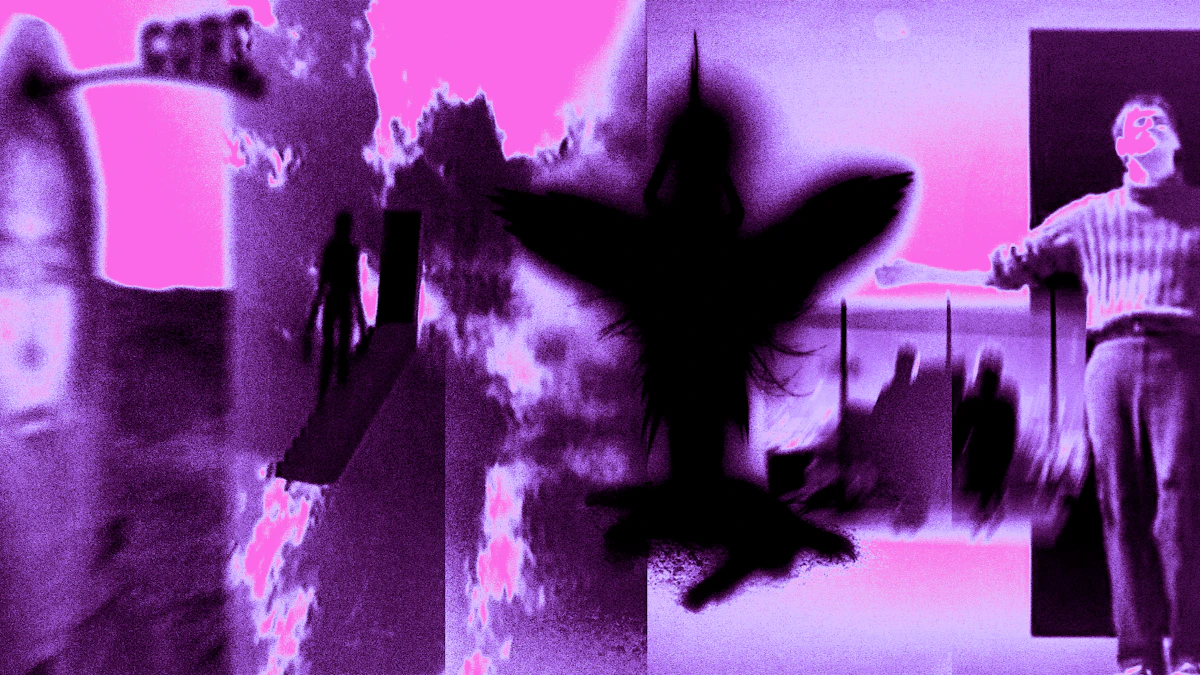What was corecore? For a brief moment last year, social media seemed captivated by the fleeting TikTok trend, which involved collage-like videos featuring clips from well-known movies, memes, video game screencasts, and other digital ephemera. For users casually scrolling through their “For You” pages, the videos were jarring in their glossy production, especially compared with the self-recorded material that largely populates the app. Often paired with emotive instrumental music, shots of sky and landscape, and clips of celebrities like Joe Rogan and Elon Musk, the videos seemed designed to evoke feelings of melancholy or awestruck wonder in viewers, as well as a general sense of alienation from 21st century life.
No one knew what to make of them when they first arrived. In November 2022, the writer Kieran Press-Reynolds published an early piece on the music blog No Bells describing the trend, which, like so much activity on TikTok, provided an opportunity to reflect on youth culture and 21st-century cultural life. Despite this journalistic task, Press-Reynolds ultimately found corecore to be incredibly empty; while the videos were dazzling stylistically, they rarely seemed to communicate anything of substance, prioritizing a general mood or affect over a coherent message of any sort.
“Unlike most previously popular -cores—think cottagecore, normcore, breakcore—corecore has no mission statement, no how-to video, not even a basic description of style,” he wrote at the time. And yet, the emptiness and incoherence of the videos always seemed to be part of the point. Press-Reynolds called it an “anti-trend,” one that spoke to a general exhaustion with internet trends in general.
Sure enough, corecore sunk into obscurity as quickly as it arrived, with little discussion from the viewers and journalists who were once so captivated by the videos. Their existence points to the strange position that visual culture and its criticism occupies today, moving faster and further on social platforms—and in journalistic trend pieces—than ever before, but also more fleeting.



